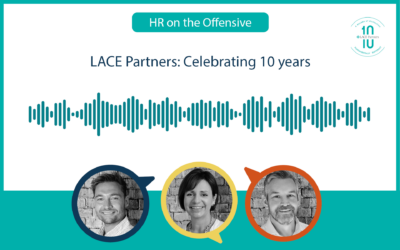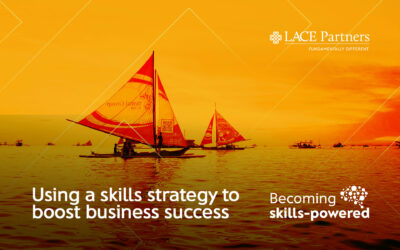75%1 of all technology adoption programmes fail.
Needless to say, the impact of this is massive, both to an organisation’s finances and its people. We waste millions of pounds and countless hours – and on top of this, spending months on a project doomed to fail from the outset isn’t encouraging for anyone.
In a recent survey undertaken by LACE Partners (a boutique HR consultancy specialising in HR Transformation, Tech Selection and Tech Adoption), a staggering 94%2 of HR executives surveyed had issues with technology adoption. In the same survey, 89%2 of respondents felt they weren’t getting a good ROI on their current technology.
At a recent roundtable event run in conjunction with AppLearn and the Business Transformation Network (BTN), we asked a group of CIOs their thoughts on all things digital adoption.
Here’s what they had to say…
How do you sustain adoption after go-live?
- Budget more – for increased focus on adoption in BAU
- Establish digital ambassadors – (or super-users) on the ground, talking to employees post launch and as part of BAU. They’re more credible and relatable to their colleagues than having everything being managed by a programme team
- Lean in to resistance – remember, not all resistance is bad; it can help you see where you might run in to issues
- Give options and tailor – all too often we’re told what to do. No-one likes that. Adoption methods need to reflect a range of styles that match user preferences:
- We always need to give people a choice when it comes to digital – e.g. self-scanning checkouts/scan as you go/online… and still have people on the checkout tills to support you (if you don’t want to self-scan)
- We need to give employees more than one option. Currently it’s a bit all or nothing
- With no choice they feel less empowered, less in control. For example, in warehouses, pickers who follow printed instructions can be just as productive as those who follow instructions through headphones (digitally)
- It’s not all about cost savings – the rollout of digital comes with cost savings and efficiency. However, the challenge is finding the sweet spot, as often the thought of saving costs and maximising efficiency for the business does not always make life easier
- ‘What’s in it for me?’ – not every change is relevant to the end user. Think ‘shouId I care?’. If the answer is ‘yes’, then follow up with ‘what do I need to do?’
- Design for the consumer, not the processor – far too often we make it too complicated and don’t focus on the end user. We need to put ourselves in the consumers’ shoes when designing and ultimately keep the technology’s purpose as simple as possible.
Are you maximising your ROI on digital adoption? If you want to make sure you are, get in touch with LACE Partners at info@lacepartners.co.uk to discuss a system health check or QA.
1According to a Gartner survey on the ROI of cloud adoption programmes.
2From a November 2018 survey of 50 HR Executives undertaken by LACE Partners.






